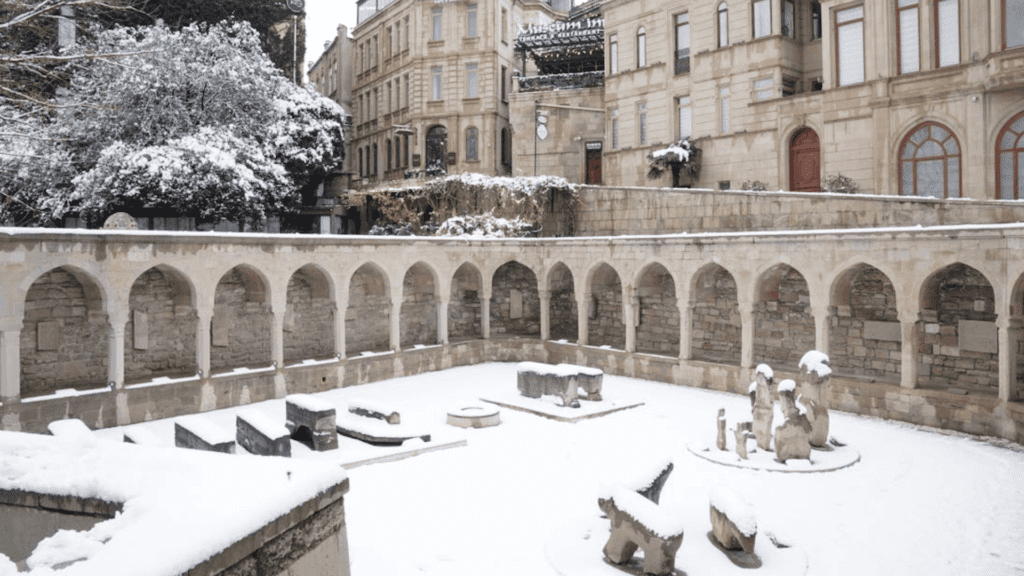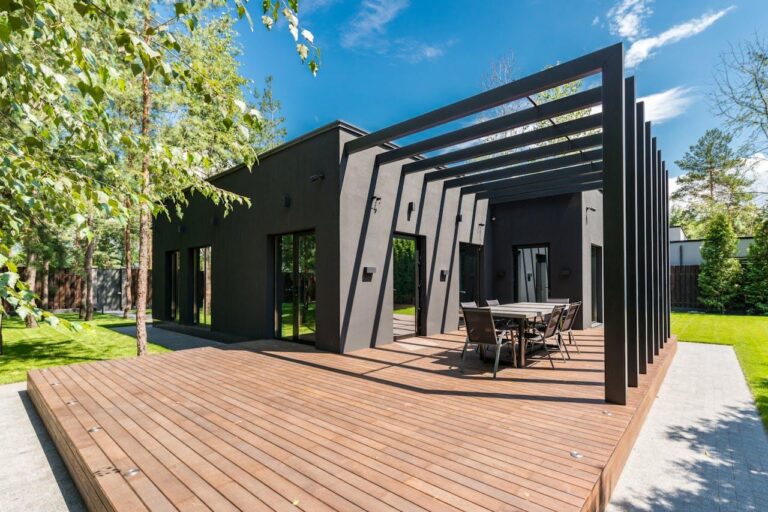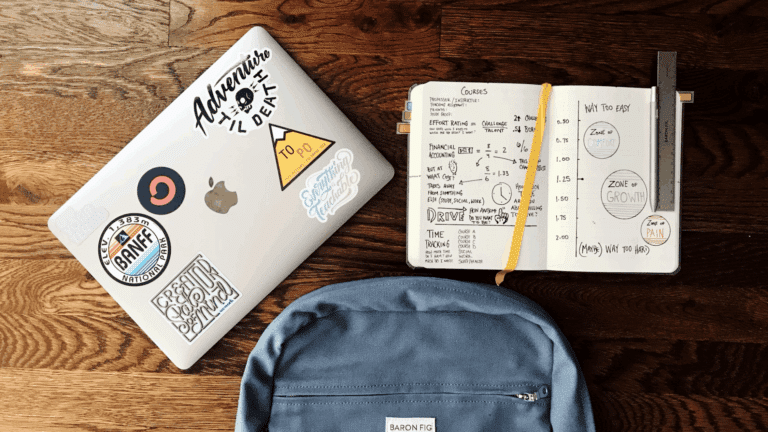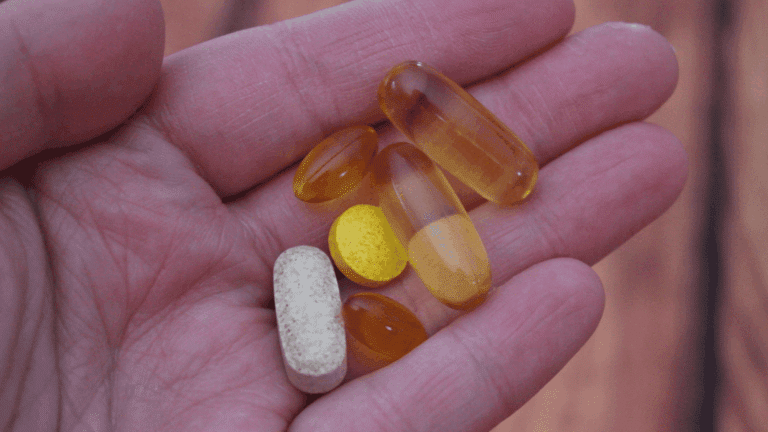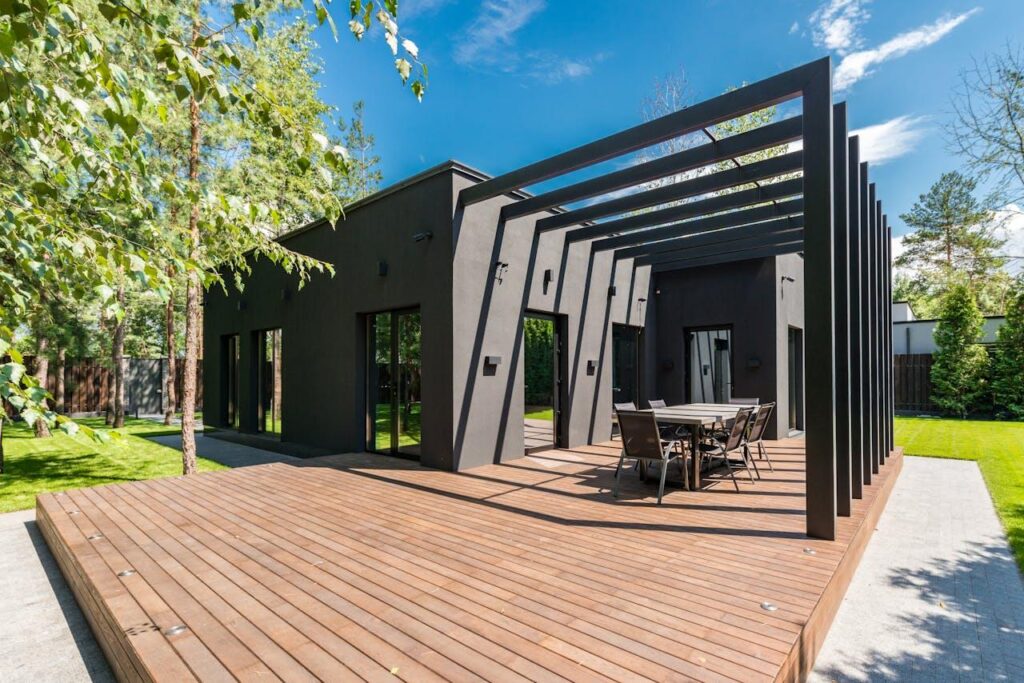Most homeowners invest thousands into lawn irrigation systems, but fail to realize that these systems require special attention before the cold weather sets in. A well functioning sprinkler system in the heat of summer becomes an expensive nightmare with one hard freeze. The water that sits in the pipes and valves doesn’t disappear when temperatures drop; instead, it expands, breaks, and causes damage that isn’t discovered until spring when it’s too late to do anything about it.
We’re not talking about minor inconvenience here. Broken pipes, shattered valve housings, and busted sprinkler heads can quickly add up to thousands of dollars in repairs. And what’s even more frustrating is that all of this happens in one night on a cold evening with no one home, and it could have all been prevented had the system only been properly prepared in the fall.
Why Water Left in Pipes Becomes a Problem Come Winter
When water freezes, it expands about 9%. This number doesn’t sound too alarming. But when water is trapped inside pipes and valves, the molecular structure of ice breaking apart becomes a problem. Ice means pressure, which breaks PVC pipes, shatters brass fittings, and destroys backflow preventers, the most expensive part of any sprinkler system.
What sometimes happens that’s even more interesting is that damage does not always occur where you’d expect it to happen. For example, a section of pipe buried 10 inches underground may remain warm enough as to not freeze while a section 8 inches deep just barely catches the frost near a sprinkler head. Weak points in any given system are low spots in piping, valve boxes, and any place that lacked proper drainage during installation.
Most irrigation systems aren’t built to drain themselves completely. Water remains trapped in valve chambers, backflow devices and in certain cases, around any sprinkler head if it isn’t buried deep enough to avoid damage. It’s this water that becomes a problem when temperatures dip.
What Actually Happens During Winterization
It’s not as easy as just turning a valve off and flushing the system through. Professional winterization utilizes air compression to remove water from valve chambers and through each component along the piping.
The process starts with shutting off water and opening any drain valves if applicable. Then the air compressor implements air through every zone (one at a time) until air alone comes out of the sprinkler heads, no misting, no pitter patter, just dry air. This process takes time; rushing it may leave residual water behind.
Backflow preventers are above ground and come with small chambers where water may be located. They usually possess small drain caps that need to be manually opened. Similarly, valve manifolds exist in boxes below ground but can still hold residual water even after main lines are cleared so those need to be checked separately.
For any property owner looking to protect their systems properly, doing research for lawn sprinkler winterization near me ahead of the first freeze makes the difference between a lasting decades long system and one that sustains major repairs within just a few years.
The Timing Window That Actually Matters
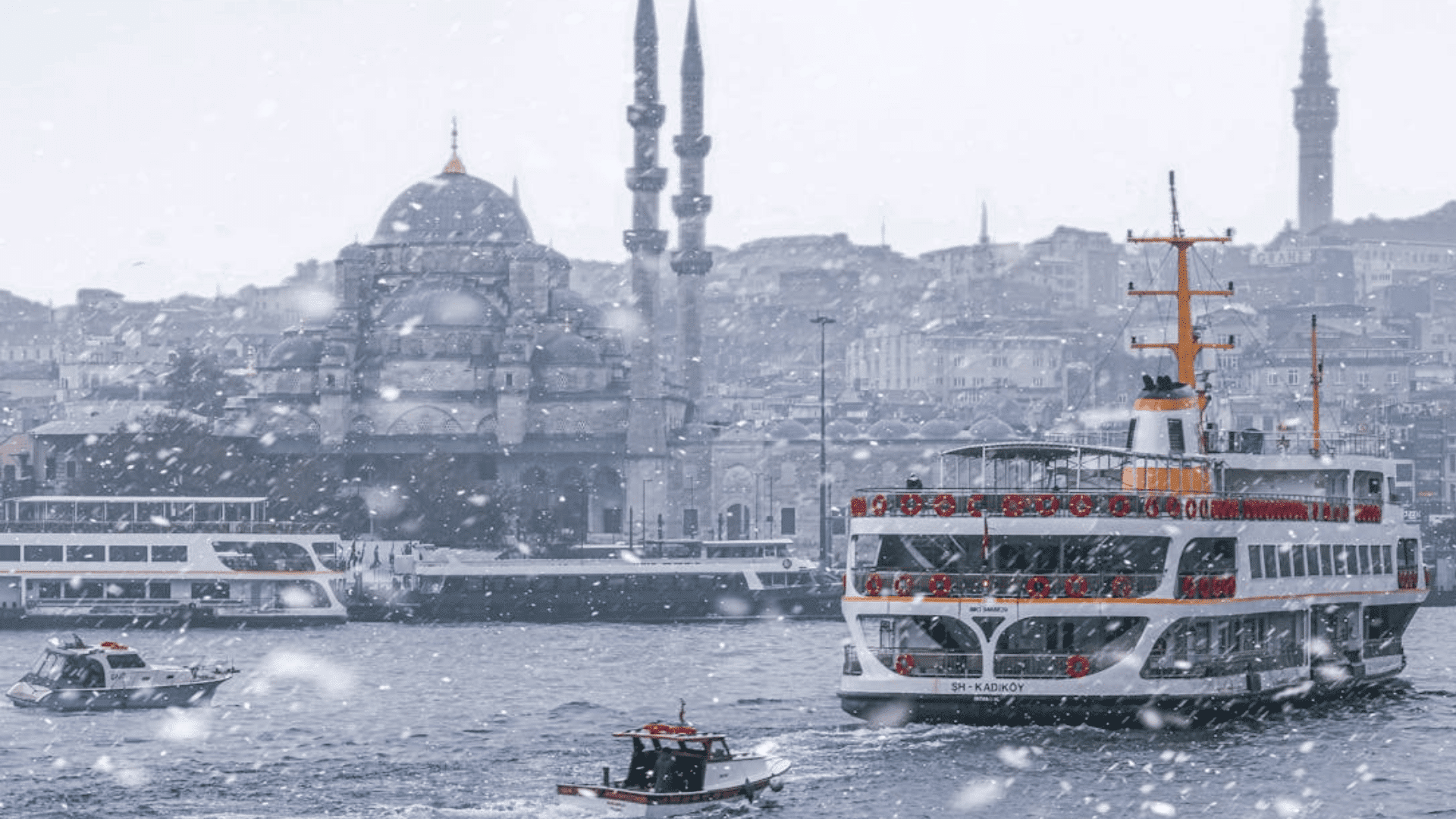
Where property owners go wrong is waiting too long. The best time for winterization is after grass growth has halted but before nighttime temperatures are consistently below freezing. This window typically occurs during October or even early November depending on location; however, everyone knows how fickle the weather can be in fall.
One hard freeze can happen well before the “average” first frost date. A cold snap in mid October can destroy just as much as the deep freeze in January. The problem with doing nothing about it is that once it’s done, it’s done; there is no winterizing afterward that brings cracked pipes back together or bonded shattered fittings.
Property owners tend to try to work it to their advantage, extending the life of their systems so they can water fall plantings or freshly seeded lawns for just a little longer. It rarely pays off. The cost of replacing broken parts almost always outweighs the benefit of those few precious weeks of watering.
What Gets Damaged When Winterization Gets Skipped
Backflow preventers fail first. They’re exposed above ground and contain multiple chambers and check valves that ice gets into. When they freeze they’re usually toast; backflow preventers start at several hundred dollars and can climb over $1000 depending on their size and type.
Manifolds fail next; these underground assemblies are full of various chambers and diaphragms and they don’t freeze well. Cracked valve bodies mean digging up the box and replacing parts, a laborious and expensive endeavor.
Pipes crack; sometimes they crack longitudinally or laterally at joints; other times they split completely from each other sending geysers shooting up from center lots in properties; either way pipe repair means excavation and replacement plus yard restoration.
Sprinkler heads get broken too, from frozen casings or damaged internal springs and seals to broken risers connecting heads underground. They seem inexpensive at $5-$15 a piece until you have 20 or 30 of them down. Moreover, they can appear fine but cause leaks and malfunctions when water comes on again.
The Spring Discovery That Ruins Mornings
The problem is that most freeze damage doesn’t announce itself with bells ringing. The system lays dormant all winter long with no water running through it; then come spring as homeowners turn their systems on for the first time things go haywire.
That’s when the puddles in the backyard form, or when valves won’t open or shut causing excessive watering or no watering at all, or when sprinkler heads shoot sideways instead of their designated trajectory. What’s even more frustrating is that this happened months before, realizing it in April does nothing for prevention to have occurred in October.
Some damage causes ongoing problems but aren’t obvious until later down the line; a crack in a pipe may leak ever so slowly wasting gallons of water throughout the season without anyone ever knowing until surging bills arrive. A compromised valve can intermittently work from some sides, ensuring uneven watering for one side while giving another too much.
The Cost Comparison That Makes the Decision Easy
Professional winterization averages anywhere from $75-$150 for standard residential systems. This is an annual one-time fee for peace of mind on an investment worth thousands.
In comparison: backflow preventer replacement ($400-$1200), valve replacement ($150-$300 per valve), pipe repair ($200-$500 per section), sprinkler head replacement ($5-$15 plus labor). Now we’ve exceeded $2000 for one system with just a handful of broken pieces.
And let’s not forget about inconvenience, calling contractors in spring when everyone’s systems are running fine is never fun; waiting for parts to arrive while grass wilts isn’t a good time; allowing water to leak everywhere because it wasn’t discovered until too late isn’t ideal.
What Happens to Systems That Go Years Without Winterization
Some systems don’t sustain damage when no winterization is done. They luck out; mild winters keep things running smoothly. Sometimes people skip winterization because they think it’s not necessary, but then comes the winter that isn’t mild.
The odds end up catching up with people eventually; even regions with milder winters experience cold snaps that decline temperatures into damaging ranges. And often when damage happens after years of neglecting proper care, people find multiple failures happening at once since every part was equally vulnerable over time.
Proper systems that receive winterization annually every fall tend to last significantly longer over time than systems neglected until failure occurs. Water inside pipes will corrode pieces over time, and ice formations over time absolutely destroy flexible parts – nothing works better than taking water out before winter starts.
Making Fall Maintenance Actually Happen
The most inconvenient aspect about proper winterization is not cost or complicated nature; it’s merely remembering to schedule it before bad weather sets in. Once the first hard freeze happens it’s too late for prevention.
Setting up calendar notifications for mid-September helps scheduling winterization before everyone remembers it’s time and service providers get booked up fast during October once temperatures fall and everyone realizes they have this responsibility.
A few minutes dedicated to scheduling fall maintenance will save property owners tons of hassle come spring after ice has destroyed parts. It seems optional until consequences arise; then it’s too easy to see. Getting ahead of everyone else helps set up systems for a smooth spring instead of regurgitating damages from failed winters with leaks, flooding, and exorbitant bills.


